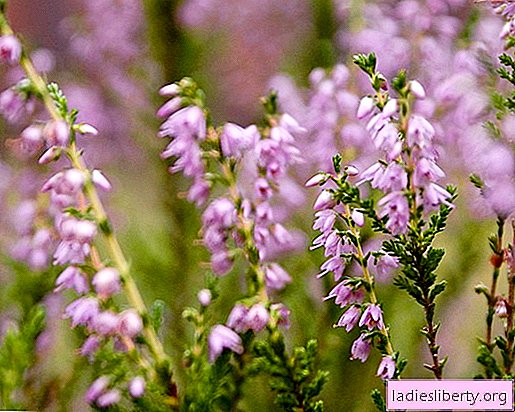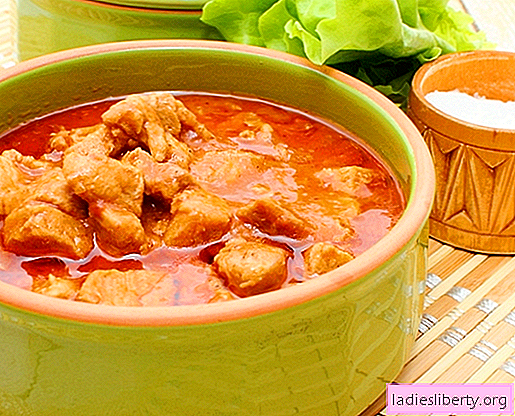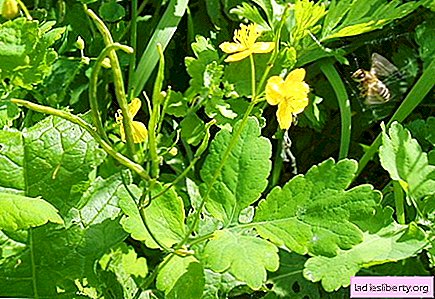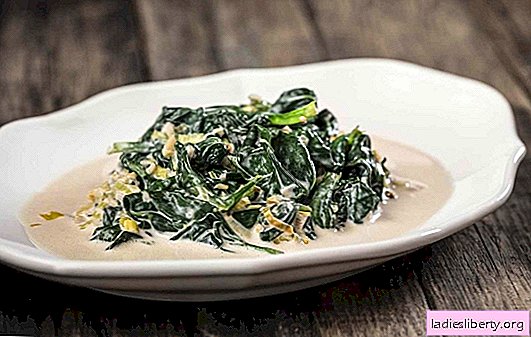
Heather - a general description
Common heather is popularly called tri-flower, buckwheat, boletus, ryskun, lingonberry.
Heather is an evergreen shrub with a height of 20 to 100 centimeters. The plant can develop within forty-five years. It has a powerful rhizome and oblong roots, a thin stem.
The bark of the heather is reddish-brown, the branches are raised to the top. Leaves are small, linear-lanceolate, opposite, trihedral. The plant has bell-shaped, small, lilac, lilac-pink, light violet, cream or white flowers. Heather gives fruit in the form of a leathery fluffy box of spherical shape.
Flowering occurs from July to September. Fruiting - from September to October. The plant has an astringent and bitter taste, a strong honey smell.
Phenols, glycoside, phenolcarboxylic acid, catechin, coumarin, citric and fumaric acid, tannin, flavonoid, alkaloid, saponin, starch, gum, resin - all this is part of heather leaves. The stems contain many leukoanthocyanidins, shoots and roots - protoanthocyanidins. Flowers are made up of steroids, vitamins, trace elements, pigments.
Heather - types and places of growth
There are so many different kinds of heather. The most common are:
- Decorative heather is a low evergreen shrub with small needle-like leaves and small lilac-pink, white or purple flowers in the form of bells.
- Heather tree is an evergreen, bushy tree. It has small, bluish, needle-shaped leaves and pleasantly smelling wide-bell-shaped flowers. The flowering period is from March to April.
- Heather pink is an evergreen shrub with a straight and thin stem, narrowed oval bright green leaves and hanging red, pink or white flowers. The flowering period is from April to July.
- Scottish heather is a highly branched, evergreen shrub with small, sessile, green leaves.
The birthplace of heather is South Africa, later the plant spread to other continents and countries. Europe, the Atlantic Coast of North America, the temperate zones of Asia, North Africa, Ukraine, the Baltic states, the European part of Russia, Siberia and the Urals - heather is growing throughout this territory. It grows well on peat bogs, poor sandy soils, in pine forests, high bogs and dunes, wastelands.
Heather - healing properties
Heather is used in both official and traditional medicine. It effectively copes with the treatment of cough, pulmonary tuberculosis, kidney stone disease, kidney and bladder disease, cystitis, pyelitis, urethritis, gout, rheumatism, dysentery, diarrhea, enterocolitis, gastritis, skin diseases. It is also used to treat insomnia, neurotic reactions, disorders of the nervous system.
Heather infusions are used to treat gastritis, colitis and enteritis, dropsy, inflammation of the renal pelvis and bladder, neurasthenia. They gargle with tonsillitis and stomatitis.
The broth also treats allergic rashes, eczema, wounds, burns and ulcers.
Heather baths are very effective in treating rheumatism, radiculitis, gout, leg swelling, dislocations, bruises and bone fractures.
Heather - dosage forms
In medicine, grass, leaves, flowers and heather juice are used. Of these, tinctures, decoctions, teas, compresses, lotions and baths are prepared. Raw materials are collected from July to September.
Heather - recipes
To prepare an infusion of heather for the treatment of liver and gall bladder diseases, it is necessary to pour 20 g of crushed leaves and flowers with a glass of boiling water.
A gargle is prepared by mixing a glass of boiling water with 10 g of chopped herbs.
To make tea, a few tablespoons of grass are poured with boiling water and drunk in the form of heat to treat gastritis, heart defects, and neurasthenia.
Heather - contraindications
Heather has no side effects, but still, before taking medications from this plant, you must consult your doctor. It is also not recommended for people with acidity of the gastric juice at a reduced level.
Comments











